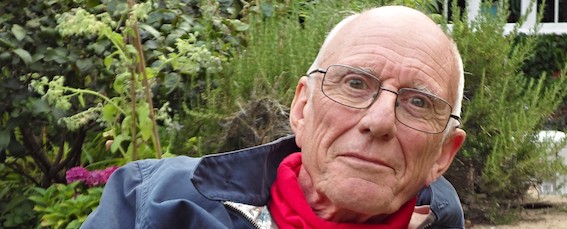“Top Gear” and Chernobyl
I have a soft spot for the absurd Top Gear and its "star in a cheap car" and its supercar features. But above all I like the Flashmanism of some of the team's heroics. Very galling, then, to watch their absurd treatment of a visit to Chernobyl. Read more...

